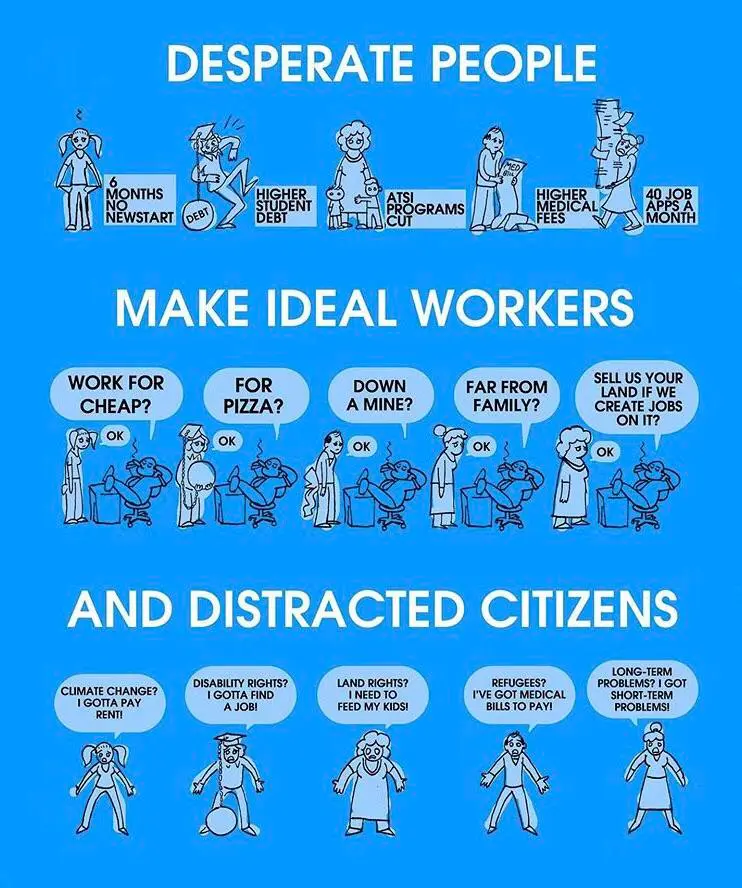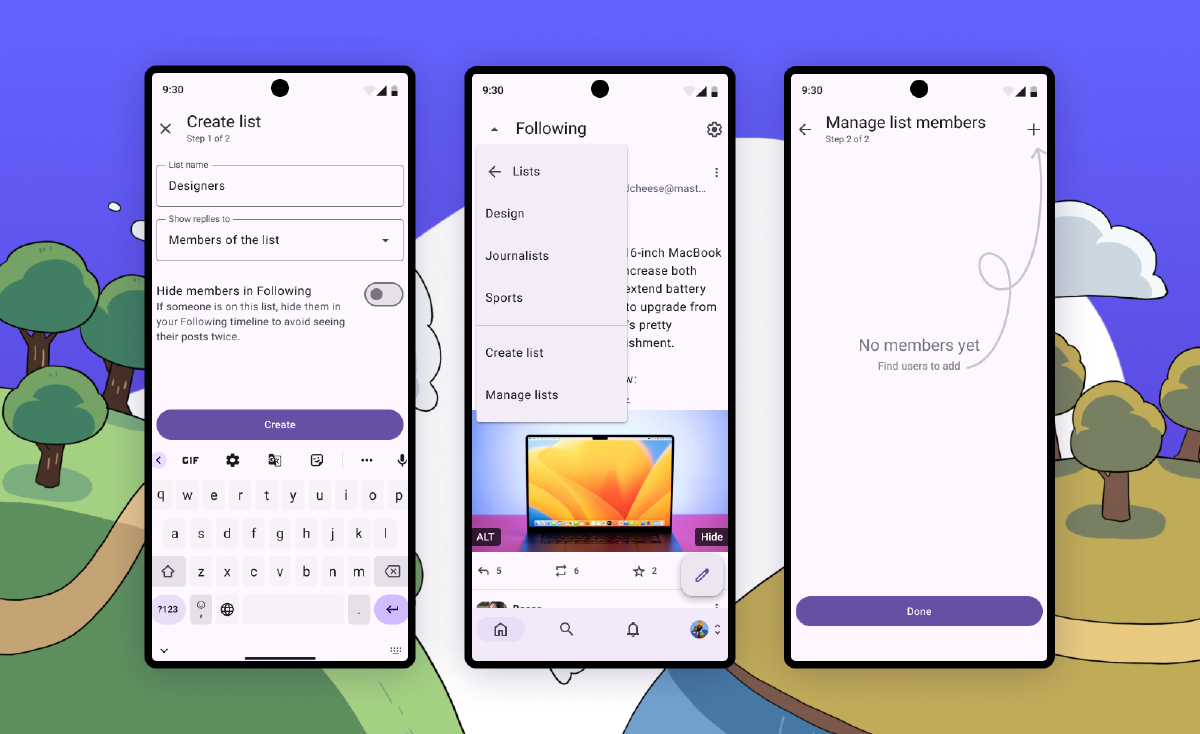- 13 Posts
- 29 Comments

 3·1 year ago
3·1 year agoSalient point. Dont get me wrong, I use FF reader mode all day long and I sing its praises to all who will listen. But I am using this to access content over Tor when cloudflare would otherwise prevent me from doing so.
I would not recommend for anyone to feed all their browsing to a third party in a way that can easily be tied back to them, but I am using this tool to overcome a specific obstacle when I encounter it and not otherwise.
Maybe I should have described this scenario more completely at the start of my post 🤷

 101·1 year ago
101·1 year agoMy use case is to access text and link content on a web page anonymously over Tor without getting blocked by Cloudflare.

 4·1 year ago
4·1 year agoMy use case is to access text and link content on a web page anonymously over Tor without getting blocked by Cloudflare (such as when browsing warez sites).
I found it!😁 At https://muckrack.com/podcast/sporkful/episodes/
Looks like the other missing episodes are there too?
Direct mp3 links:
How To Export Coffee In A War (Pt 1)
How To Export Coffee In A War (Pt 2)
FWIW, the transcript is still available on the page xl_ent linked.
(cc @[email protected] )

 2·1 year ago
2·1 year agoAh, I see this detail was also recently noted in the comm 😎 👍

 12·1 year ago
12·1 year agoI downloaded Audacity on a friends Windows PC yesterday, and it allowed me to export MP3 without asking for any other steps!
From Audacity’s website:
FAQ:Installing the LAME MP3 Encoder
The software patent on LAME encoding library has expired, so now the LAME library for MP3 export is built-in with Audacity for Windows and Mac. Linux users will still need to download and install the free and recommended LAME third-party encoder to export MP3 files from Audacity.
Linux users should use the following instructions to download and install the free and recommended LAME third-party encoder to export MP3 files with Audacity.
Windows: LAME is now built-in with Audacity for Windows.
Mac: LAME is now built-in with Audacity for Mac.
Linux/Unix: See the LAME installation section on Installing and updating Audacity on Linux.
I tried it before finding imgsed but each instance had issues loading images past the first page of a user’s profile. But I will check back occasionally
lists of other alternative front-end services or projects that i (also) have not vetted:
“A web extension that redirects YouTube, Twitter, Instagram… requests to alternative privacy friendly frontends and backends.” https://libredirect.github.io/ - the list they use. https://github.com/libredirect/libredirect - extension (source)
list of some instances https://farside.link/ - (source)
a list of projects, with some other stuff on it too https://www.funkyspacemonkey.com/foss-front-ends-and-alternatives-for-twitter-instagram-reddit-youtube-and-more
thanks, this is great!
others mentioned… https://www.beeper.com/ https://www.picuki.com/
I have not tried these myself though.
 3·1 year ago
3·1 year agogreat post, thank you

 4·1 year ago
4·1 year agothanks for posting this, great read

 6·1 year ago
6·1 year agoMaybe google downranks db0 instance like it does other pirate sites?

 4·1 year ago
4·1 year agoIt looks like someone else brought it up in issue #1177 which is for adding sorting to column headers is being worked on (#1538). It appears there was a bug #3374 in the backend which needed to be fixed (#3376) which delayed progress on that.
also check out https://www.allsides.com/, which has a somewhat similar concept

 2·1 year ago
2·1 year agoNote that this is focused on espresso preparation. The paper and diagrams pair great with James’ Espresso prep series.
James actually did a video on this paper specifically as well.
TL;DR: using a lower dose (15g) and a coarser grind produces a more complete extraction as well as a more consistent cup, allowing you to use up to 25% less material while producing a similar result to mainstream prep methods.
SUMMARY
Espresso is a beverage brewed using hot, high-pressure water forced through a bed of roasted coffee. Despite being one of the most widely consumed coffee formats, it is also the most susceptible to variation. We report a novel model, complimented by experiment, that is able to isolate the contributions of several brewing variables, thereby disentangling some of the sources of variation in espresso extraction. Under the key assumption of homogeneous flow through the coffee bed, a monotonic decrease in extraction yield with increasingly coarse grind settings is predicted. However, experimental measurements show a peak in the extraction yield versus grind setting relationship, with lower extraction yields at both very coarse and fine settings. This result strongly suggests that inhomogeneous flow is operative at fine grind settings, resulting in poor reproducibility and wasted raw material. With instruction from our model, we outline a procedure to eliminate these shortcomings.
EXCERPT - Systematic Reduction of Coffee Mass by Downdosing and Grinding Coarse
As we demonstrated in Figure 3, our model informs us that a reduction in dry coffee mass results in an increased EY max (shown schematically in blue in Figure 6). Thus, a barista is able to achieve highly reproducible espresso with the same EY as the 20 g espresso by reducing the coffee mass to 15 g and counter-intuitively grinding much coarser (as shown in red, Figure 6B). This modification may result in very fast shots (<15 s), a reduction in espresso concentration, and a different flavor profile.
The Specialty Coffee Association espresso parameters mandate that the extraction should take 20–30 s; we speculate that this might be partially responsible for the pre- vailing empirical truth that most coffee is brewed using grind settings that cause partially clogged/inhomogeneous flow. Remembering that the initial tasty point may lie in the clogged flow regime, some of the bed is extracted much more than the refractive index measurement suggests. By lowering the dry coffee mass and grinding to maximize EY, the operator may notice that they are able to push their extractions much higher than before, while achieving highly reproducible espresso.
Oh yeah, complete with no explicit emotion. The reddit alien was smiling.
The advantage Kitty-chan holds is her lack of a mouth. The reason for this is summed up best by Yuko Yamaguchi, the current character designer (meaning “boss”) of Hello Kitty:
“[She doesn’t have a mouth] so that people who look at her can project their own feelings onto her face, because she has an expressionless face. Kitty looks happy when people are happy. She looks sad when they are sad. For this psychological reason, we thought she shouldn’t be tied to any emotion – and that’s why she doesn’t have a mouth.”
The power of Hello Kitty’s interpretation now extends a layer deeper, beyond our idea of what she represents into our idea of what she is feeling. This gives her life in our minds, in a way that “mouthed” cartoons can’t. What Mickey Mouse is feeling at any given moment, not counting his situation or environment, can be clearly seen through his mouth. Hello Kitty, lacking this feature, could be feeling anything at any time! And thus whatever we may be feeling can and probably does get transferred onto her face.

 4·1 year ago
4·1 year agoAnother longtime JD user here, I’d love to hear what your reasons are for each of these!










hooray! thank you tim!